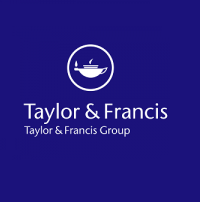Abstract
The Internet of Things (IoT) is a network of connected devices with inputs and outputs operating in, and on, the physical world. The network is simultaneously fed by, and feeds into, data streams flowing across digital-physical boundaries, connecting sensors, servers, actuators, devices, and people. ‘Things’ of all types, lightbulbs, doorbells, kettles and cars, discretely-but-visibly do their jobs. Meanwhile in the unseen digital domain, where data swirls imperceptible to humans, the atmosphere is thick with the rapidly-moving data packets and content that constitute inter-machine chatter. Contrasting the visible calm in the physical world with obscured bedlam in the digital otherworld sets the scene for the argument we present in this paper. Applying Object Orientated Ontology, IoT designers may reimagine data, devices, and users, as equally significant actants in a flat ontology. In this paper, we exemplify our arguments by creating a Design Fiction around a reimagined ‘smart kettle’.








